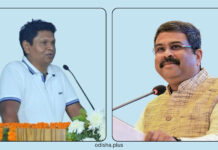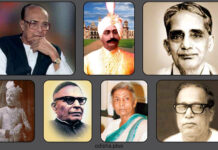Bhaskar Parichha
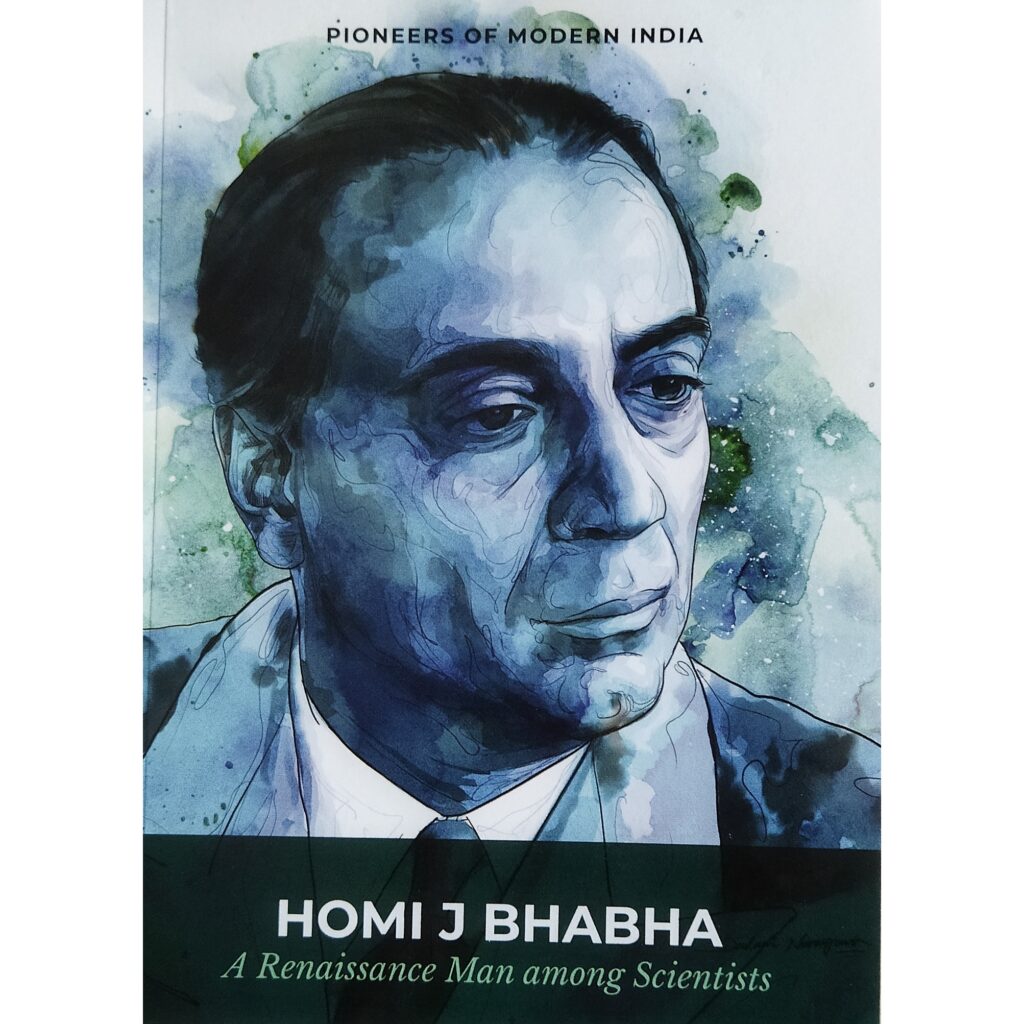
‘Less than 10 kilometers away from the town of Udhagamandalam, commonly known as Ooty, in the scenic Nilgiri Hills of southern India, a strange sight is likely to bemuse any traveler on a casual foray out of the main town. On one of the grassy hills, there are numerous white buttons spread over the landscape, as if some species of giant mushrooms are being cultivated. On a closer look, they appear to be white-topped structures, each with some set of instruments beneath a metallic roof. Upon asking the people who tend these mushrooms, the inquisitive traveler may hear many strange sounding words like ‘moons or air shower, and that the white-topped structures are detectors that keep an eye on particles from the cosmos.’
That is how the biography begins. The book “Homi J Bhabha: A Renaissance Man among Scientists” by Biman Nath is a compelling monograph that brings to light the life and times of Homi Jehangir Bhabha. It sheds light on his rich scientific legacy and vision for India.
Bhabha – who died within two weeks of Lal Bahadur Shastri’s death in a plane accident near Vienna – was a nuclear physicist who pioneered the Indian nuclear research programme. Often hailed as the father of India’s nuclear power project, his ambition, farsightedness and enterprise shaped the development of modern science in India. Understanding the need for achieving self-reliance, he laid the framework for nuclear research in India by founding the Tata Institute of Fundamental Research (TIFR) and the Atomic Energy Establishment, Trombay (AEET), later renamed Bhabha Atomic Research Center (BARC) in his honor. Bhabha achieved international prominence for his trailblazing studies in the field of Atomic Energy, while his role of scientist-diplomat, handled with aplomb, gained worldwide recognition in the global arena.
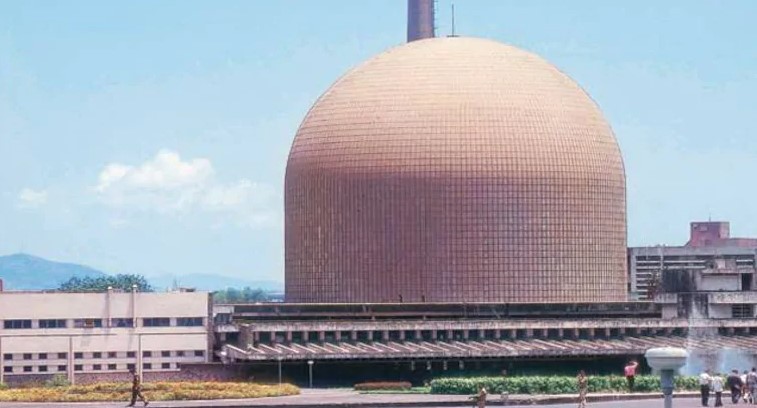
Part of a series of ‘Pioneers of Modern India’, this book speaks of Bhabha’s passionate interest in art and architecture, drawing and painting, and his love for classical music, which made him stand out as a renaissance man among scientists.
Biman Nath is an astrophysicist at the Raman Research Institute. He was born in Assam, and after initial schooling there, he studied in Delhi University and then received his Ph.D. in University of Maryland, USA. His research interests include the evolution of galaxies, and the interaction of galaxies with diffuse gas in the universe. Interested in popularization of science, Nath has published several books on science.
Writes Nath in the introductory chapter: ‘Homi was born on 30 October 1909. Even as a child, he had shown signs of being unique. Apparently, as a young child, he hardly slept and this worried his parents. When they had gone on a trip abroad, his parents heard of a famous child specialist in Paris and took an appointment. The doctor had canceled all other appointments because he wanted to attend to this unique case. He later told the parents that there was nothing to worry about young Homi, and that he had an extraordinarily active brain that kept him away from sleeping. The doctor told the parents that all they could do was to ensure a favorable environment at home and the child would surely grow up to be a genius.’
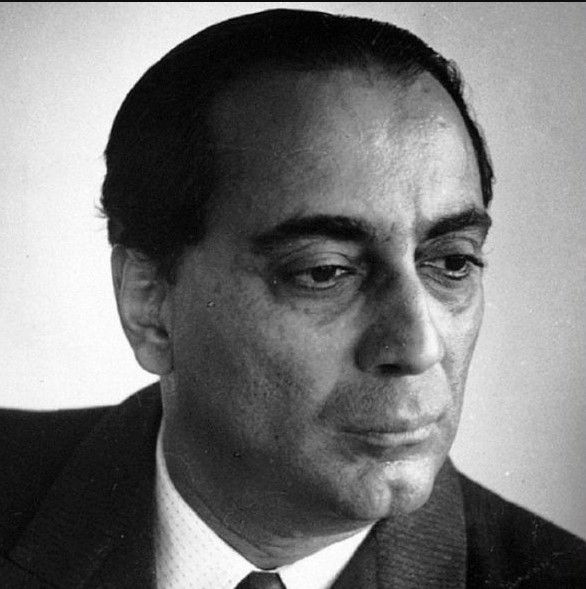
In just about eight chapters, this tiny book offers the readers a comprehensive depiction of this great scientist. The gripping monograph brings to light the life and times of Bhabha while outlining the story of his life, his early work on cosmic rays which remained a lifelong obsession, his struggles to translate theories into experiments, and his achievements.
This deeply evocative work portrays Bhabha’s visionary foresight in anticipating the urgent need for high-quality facilities in India to pursue research on nuclear energy. It also speaks of his passionate interest in art and architecture, drawing and painting, and his love for classical music, which made him stand out as a renaissance man among scientists.
Concludes Nath in his book: ‘It would not be an exaggeration to say that he was one of the last of the Renaissance men that the world has witnessed. Bhabha was driven by an inner aesthetic that encompassed his visions that ranged from his mathematical theories of particles, architectural design of his institutions, to the ambience of scientific research in India that he knew.’
Wide-ranging and insightful, this monograph encapsulates Bhabha’s vision for India and sheds light on his rich legacy. His legendary leadership in organizing scientific research in India, his drive and passion continue to inspire generations of students in India.
(‘Homi J Bhabha: A Renaissance Man among Scientists’ written by Biman Nath, Niyogi Books/Paper Missile New Delhi, 174 pages)
(The author is a Bhubaneswar based senior journalist and columnist. Views are personal)



